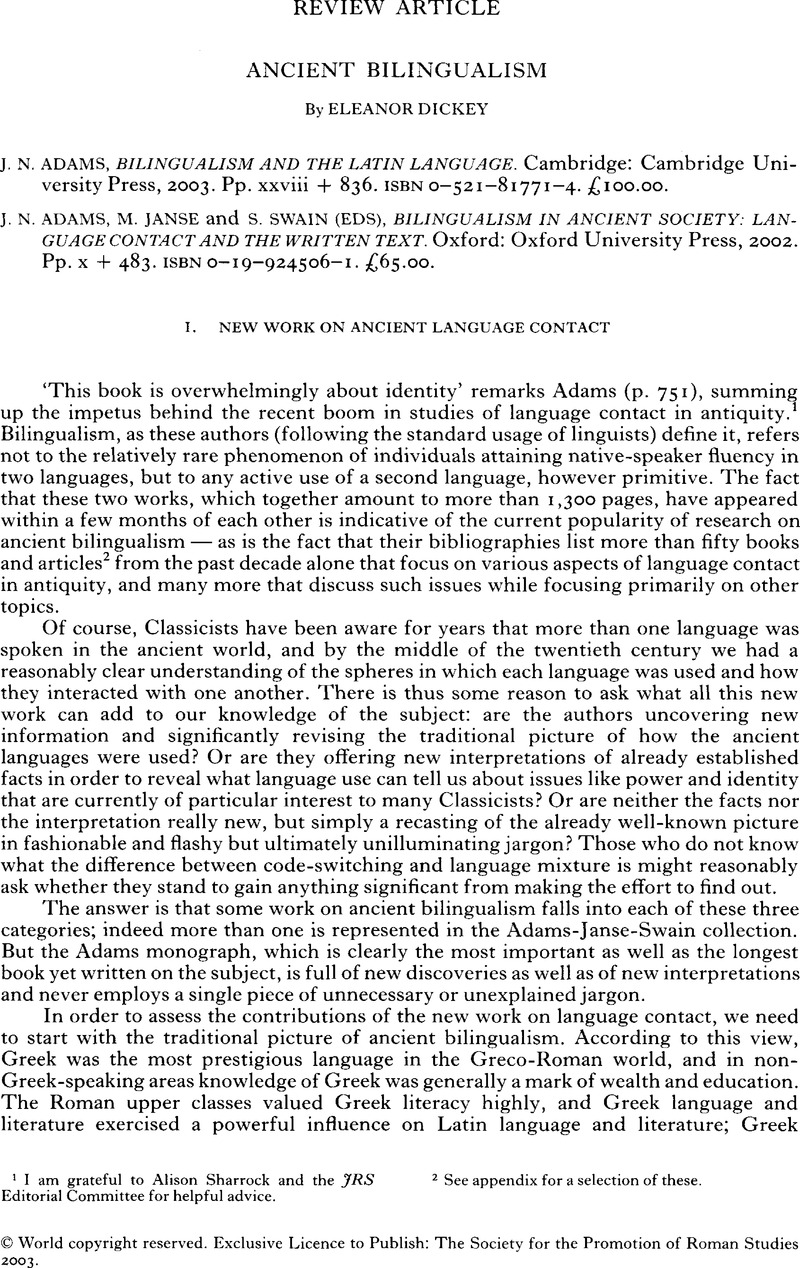Crossref Citations
This article has been cited by the following publications. This list is generated based on data provided by Crossref.
Gianollo, Chiara
2010.
Bilingualism and the Latin language, by James N. Adams.
Linguistic Typology,
Vol. 14,
Issue. 2-3,



